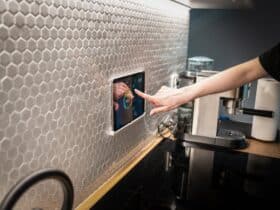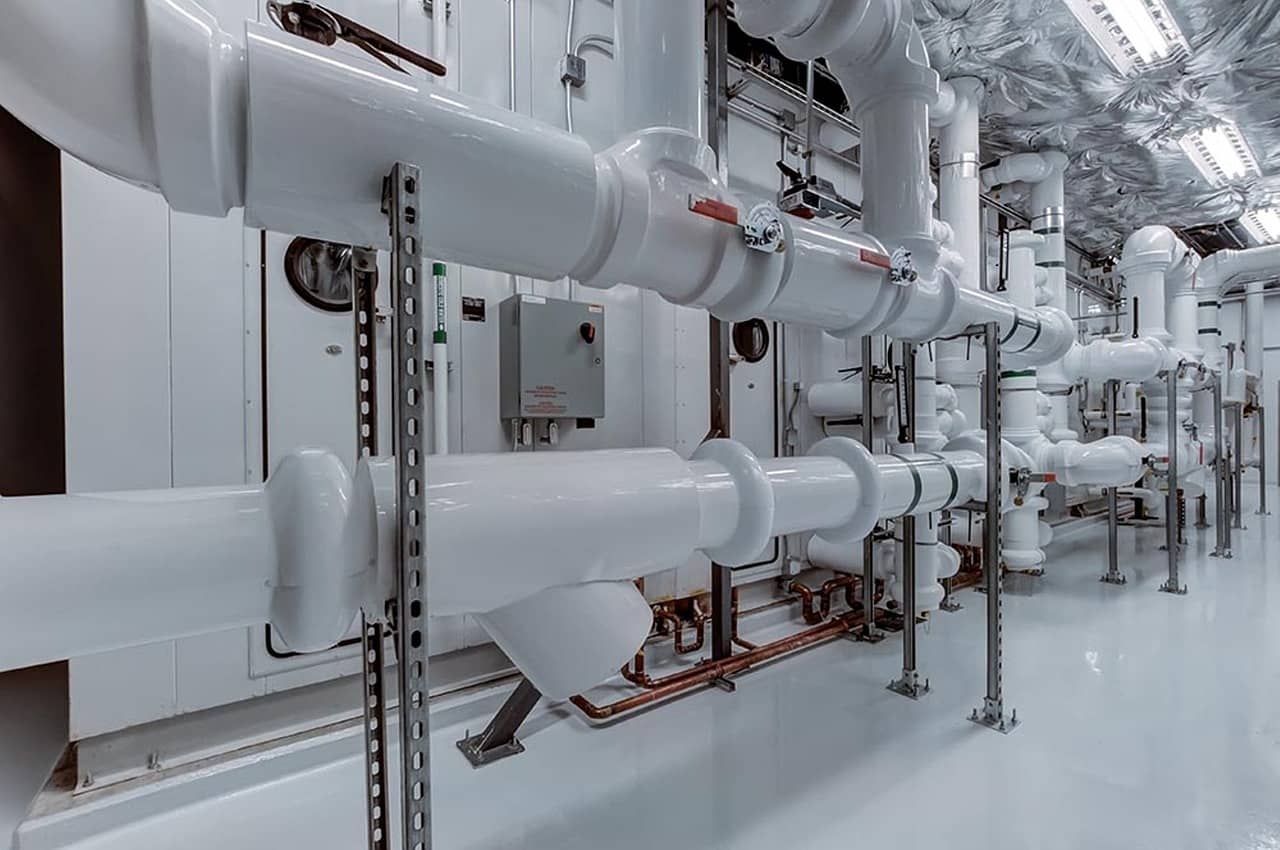This article will understand just how to change a shower faucet single handle and just how it works.
Many owners chose to change the old one-hand shower valve, destroy the brick wall throughout the improvement of the shower after locating pathological green rust covering the body and the copper pipe affixed to the body.
No person wants to spend cash and time replacing wall blocks with springtime of filtered water pipe when driving for a few months.
Although often left to a professional plumbing professional, several Do It Yourself property owner finish the project in a couple of hrs without any issues.
Repair of Shower Valves Occasionally Makes Good Sense
- Shower faucets that leak water out of the nozzle of the shower room usually require changing the cartridge.
- Several single-handle shower faucet models make use of dealing with nuts to protect the cartridge in place.
- Just get rid of the dealing with nuts and get rid of the old cartridge with pliers.
- Repaired brass pin on top of the valve body to protect a single manage cartridge.
- Hold the pin with a collection of pliers and remove it from the valve body, cautious not to fall under the wall cavity.
- Draw the cartridge with the cartridge elimination tool.
- Lubricate the cartridge O-ring with a percentage of plumbing oil and push towards the shower faucet.
How The Shower Faucet Works
- The cold-water pipe is attached to the left side of the valve. And also, the cozy pipes are connected to the right.
- The top port sends water to the shower head, and also, the bottom port, if suitable, feeds the bathroom separator or nozzle.
- Only the shower faucet has three ports: left, right as well as the top.
- When utilizing a 4-port faucet in shower only applications, the plumbing’s junction covers the bottom port.
- The faucet regulates the circulation of water with the system.
- The hot device immediately alters the proportion of chilly and cold water to stop users from burning unsafe warm water.
How To Change A Shower Faucet? How To Remove Old Shower Faucet?
Step 1
- Turn off the water to the source of your house.
- If your home makes use of a good pump, shut off the pump electric motor button.
- If the structure is attached to regional water, turn off the main valve of the water supply system.
- Open the existing single-handle shower valve.
- This releases any water stress in the pipeline.
- Discover the repairing screws for the shower handle, which can be located under the attractive cap or exposed under the take care.
- Use the proper tools to release the repairing screws, generally screwdriver or hex wrench.
- Draw the handle down the shower faucet.
- Get rid of the trim plate screws and pull the wall surface tile plate to reveal the old faucet body.
- If the old dots block the home plate, use a screwdriver to separate the cutting board from the ceramic tile.
- Check out the all-time low of the bath nozzle to identify its approach of elimination.
- Some tubs spray strings on pipelines with male threads, while others are fixed in position with clamps to hold the pipe.
- The clamp bathroom nozzle gets rid of the camp using tiny openings under the nozzle.
- Glide the suitable device right into the hole and release the clip.
Step 2
- Take the mouth of the bath from the pipeline.
- The nozzle for the bathroom without a networking hole is revolved over the threaded pipe.
- Hold the mouth of the bath as well as turn counter clockwise.
- Corrosion generally obstructs strings together and requires pliers to divide.
- Hold the shower arm with pliers, as well as turn the shower head counter clockwise.
- Get rid of the old shower head and also move the shower arm shield.
- Loosen the shower arm from the threaded joint located inside the wall, using pliers as a lever.
- Throughout complete remodelling, contractors often get rid of everything from the wall surface, leaving only entirely exposed pipes and cords.
- Smaller sized jobs may require replacing a few wall ceramic tiles.
- When trying to save the tile, consider opening up the wall surface beyond as a shower valve.
- Openings in the plasterboard of the cabinet occasionally make a conveniently fixed access point.
Steps 3
- Eliminate the part of the wall surface essential to expose valves as well as pipelines.
- Keep in mind the course of the water pipe and any obstacles on the road.
- The brand-new faucet is connected similarly to all pipes.
- Try to find dripping pipelines and also signs of water damage.
- If there are no indications of leaks in the pipes, however, the wall screws are harmed near the flooring,
- Check the drainage system of the bath or shower.
- Gasket of the theme for the bathroom, the spacer between the bottom of the bath and drainpipe, often wears away over time.
- Cut the cold and hot pipes, in addition to the pipes to the shower arm.
- Cut greater than one inch of any continuing to be component or blocker.
- Leaving greater than a minimum of one inch makes it simple to fix links.
- Use the proper devices: the copper pipeline cutter is fractional by copper pipe without warping
- The pipeline, while the ratcheting cutter is very carefully reduced by plastic pipe.
- Release the clamps or screws to safeguard the faucet to sustain the body horizontally.
- Get rid of the old faucet from the wall tooth cavity.
Setup Of New Shower Faucet
Steps 1
- Hold the new shower valve for the back support.
- Inspect its deepness orientation, that is, a rounded plastic shield attached to the face of the faucet, flush with the surface of the wall surface floor tile.
- Adjust the back support as needed.
- If the back brace is much from the back, include the appropriate density gasket to the rear mount.
- If the back bracket is too far away, remove it and reattach it to the wall surface screws in the correct position.
- Typically, hitting with a hammer to relocate the support is enough
- Remove the depth guide.
- Valves with threaded ports need more minor piping abilities than bonded ports.
- When utilizing a faucet with a threaded opening, merely cover the male thread with a threaded
- Sealer and mount the appropriate threaded pipe fittings on the faucet body.
- If the body is welded straight to the copper pipe, remove the cartridge and use the lantern to link the brief part of the pipe to the body.
- Mount the brand-new valve on the back bracket.
- Clean completions of the building pipes making use of ideal approaches.
- Emory fabric removes corrosion from copper pipes, while chemical cleaners prepare plastic pipelines for adhesive cement.
Steps 2
- Connect the coupling to the cold and hot water pipes of the structure.
- Modern pipeline fittings set you back greater than copper, CPVC or PEX pipes, but call for much less experience in pipelines and also tools.
- Push installations are simple to relocate from inflexible copper to flexible tubes like PEX.
- Copper fittings call for circulation, welding and also lantern.
- Can fix–Unique tools to rings or clips on PEX and polyethylene pipe fittings.
- Pipes and fittings made from CPVC covered with the ideal cement.
- Straight the water pipes to your corresponding ports.
- The type and area of the fittings depend on the faucet position on the wall surface.
- Set up a lid on the bath bar and shut the shower openings.
- Both ports make use of a 1/2 inch device.
- Open the shower valve for the water system as well as leakage examination of the structure.
- Switch off the water and take care of the leaks located.
- Substitute of the one-hand shower faucet depth guide.
- Repair work or setup of shower wall surface panels and also floor tiles.
- Glue the floor tile to the deepness rail.
Steps 3
- Attach the coupling to the cold and hot pipes of the structure.
- Modern pipeline fittings set you back greater than copper, CPVC or PEX pipes yet need less experience in pipelines and tools.
- Push fittings are simple to move from stiff copper to versatile tubes like PEX.
- Copper fittings call for circulation, welding and torch.
- Can fix unique devices to rings or clips on PEX as well as polyethylene pipeline fittings.
- Pipes, as well as installations made of CPVC, covered with the appropriate cement.
- Straight the pipes to your particular ports.
- The type, as well as a place of the fittings, relies on the position of the faucet in the wall surface.
- This makes sure that the trimmed bundle of the valve covers the opening of the wall surface cladding.
- Grout as well as cleansing of the shower wall.
- Examine the approach of installation of the brand-new bath nozzle.
- A nozzle with a female string needs a pipe finishing with a male thread.
- Use the threaded sealant to the male thread and tighten the nozzle for the bath.
- The nozzle with securing clip slides right into the naked tube.
Steps 4
- Secured link O-ring.
- Tighten the clip to cover the wall surface tube of the shower head with a threaded sealant.
- Setup of wall tubes and shower heads.
- Get rid of the deepness guide.
- Install cosmetic bags and also manages shower valves according to the supplier’s instructions.
- Some installers place a tiny grain along the outer side of the shield before moving over the ceramic tiles.
- This helps to prevent dampness from entering the wall surface cavity.













